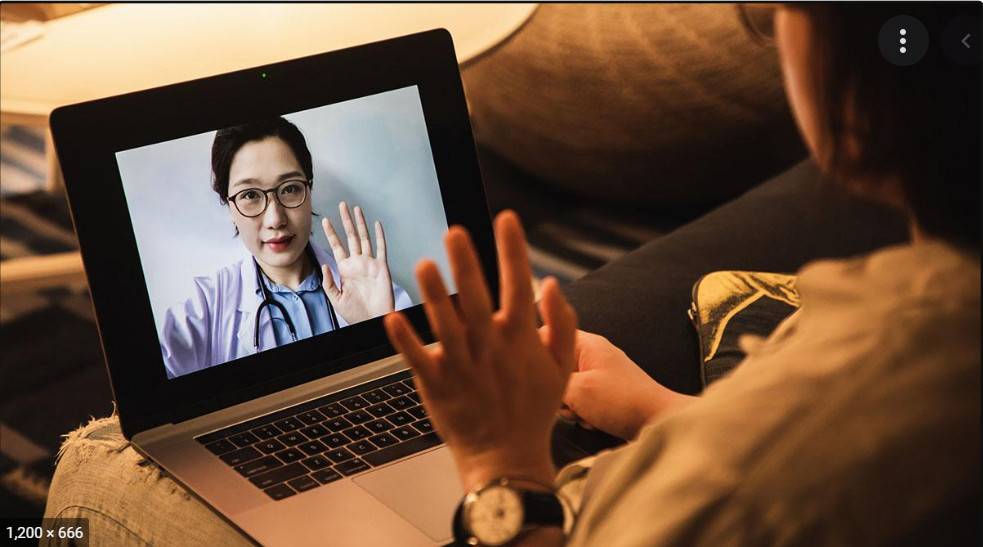The Advantages of Technology in the Healthcare Industry
When the COVID-19 pandemic forced people to stay at home, telemedicine and telehealth services became essential for sustaining their health and wellbeing. Numerous healthcare professionals also found this technology convenient for treating more patients within a shorter timeframe.
Now, this technology has only gotten better and more improved. So even though COVID-19 pandemic restrictions are getting lifted, advanced healthcare technology and remote patient monitoring will continue to be popular in the medical community.
Remote Monitoring
Remote monitoring is a telemedicine practice where healthcare providers can review the health information of their patients without the patients needing to visit the doctors in person. Patients don’t need to be present for a physical examination because their doctors will be able to track their health information using wearable devices.
A wearable device can collect and transmit health data about a patient, such as their heart rate, distance traveled, etc. When the patient has a telehealth session with their doctor, they will need to provide their body weight and other information related to their physical health.
Primary Medical Care Center is currently working on integrating an advanced patient monitoring system with our comprehensive electronic health records. That way, we can provide much better remote care to patients in the future.
Fast Care
Telehealth technology makes it quicker and easier for patients to schedule doctor’s appointments and attend those appointments. Patients don’t even need to leave their homes to do either one, which is highly convenient for older or disabled patients who have trouble moving around. It increases their likelihood of attending the appointments since the stress of arranging transportation is no longer an issue.
Telehealth adds convenience for both doctors and patients. Doctors have a much broader schedule using telehealth because they can quickly consult and treat more patients. Most patients only need to speak with doctors and get their opinions on various matters about their health. Physical examinations are not usually required for the average appointment.
Longer Sessions = More Trust
Telehealth sessions between doctors and patients last longer than in-person sessions. Doctors get a chance to talk more with patients about their problems. Patients develop a better sense of trust in their doctors because the discussions are more detailed and personal. It gives patients the perception that their doctors care about their health.
As a result, patients are more likely to trust their doctor’s medical advice.
Family Members and Caregivers Get More Involved
Traditional in-person sessions usually leave family members and caregivers in the dark about a patient’s health. Telehealth technology solves this problem because it is much easier for family members and caregivers to speak with a patient’s doctor to learn more about their health. They don’t need to rearrange their schedules to visit a doctor’s office in person because they can all attend the same session remotely from different locations.
Information and communication are the two vital components of most sessions with doctors. Since information and communication can be conveyed on a remote telehealth conference call, there is no need to require in-person sessions with doctors, patients, family members, and caregivers. Telehealth allows all parties to convey and share information with one another at the same time remotely.
As a result, family members and caregivers can ask the right questions to doctors that patients may not ask due to mental health issues or embarrassment. Then the patients can receive better care and treatment from their family members and caregivers at home.
How Medical Practices Can Start Using Telehealth Technology
There are still hundreds of medical practices and facilities which don’t offer telehealth services to patients. So if you have a medical practice and are thinking about upgrading it to include telehealth services, you need to start by focusing on the technology.
First, you need to select a form of telehealth technology that is easy for your patients to use, especially senior patients. That means it must have a user-friendly interface that is easy to navigate. If the patient is confused about how to operate the technology, they will become discouraged about the whole thing. Then they won’t even bother trying to get help from a doctor.
Here is another reason why family members and caregivers should get involved with patients’ telehealth sessions. They can assist patients with your telehealth technology by showing them how to use it. Once patients learn how to use the technology, it is usually not a problem anymore.
Telehealth technology is essential for sustaining high-quality senior care. So seniors and disabled patients must learn how to use the technology to take advantage of the benefits associated with it. Otherwise, their health will likely suffer as a result.
Therefore, family members and caregivers must get involved as much as possible. It allows patients to become healthier and happier and improve their lifestyles tremendously.
Find Out More Information
Do you want to learn how Primary Medical Care Center uses telehealth technology to treat senior patients? You can contact the Primary Medical Care Center at (305) 751-1500 for more information.
